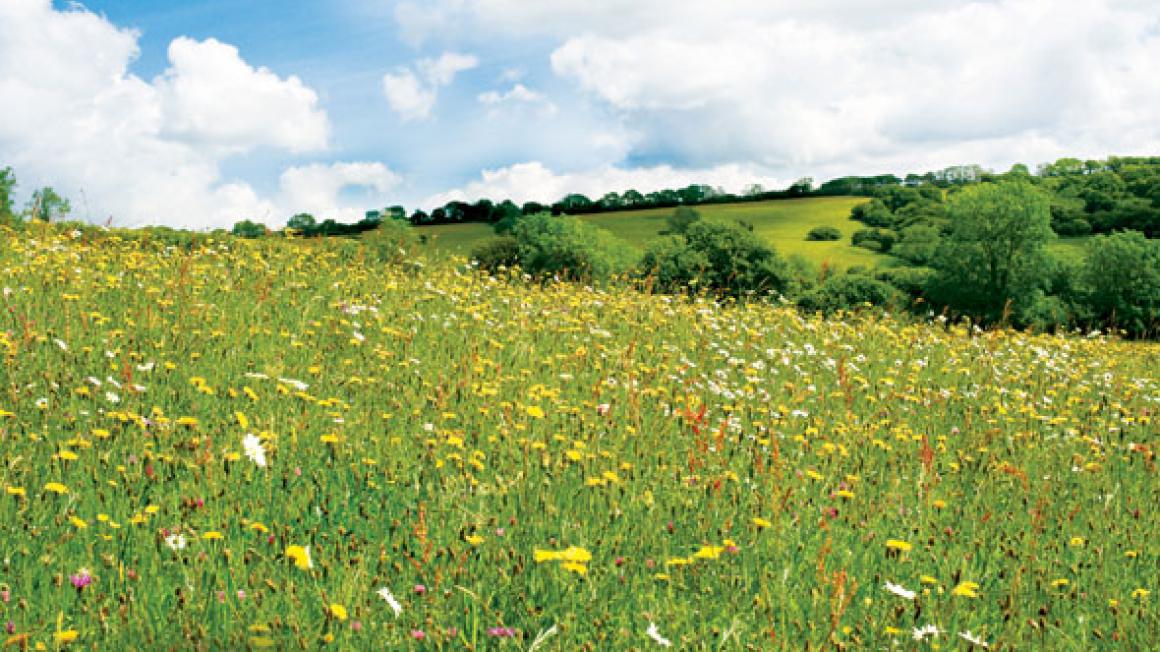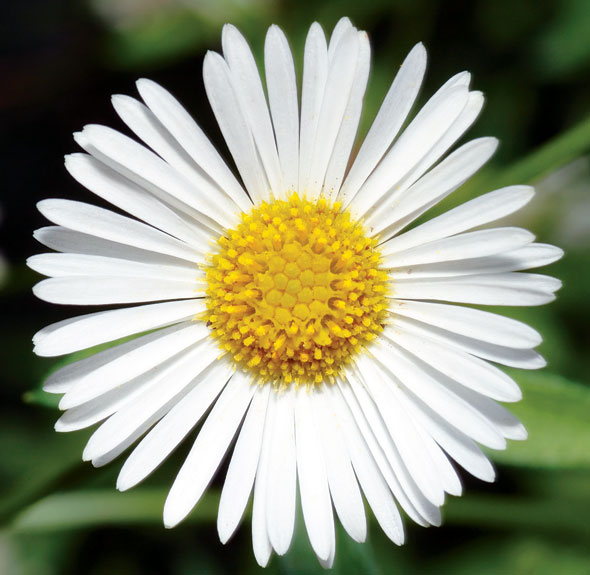On the wild side
The sun is out, but the rain has been coursing down outside for months. I have barely noticed it though. For the best part of two days of the deluge, I was immersed in Wildflower Meadows: Survivors From A Golden Age, a book that celebrates ancient meadows and their wild flowers. The author, Margaret Pilkington, is an Emeritus Senior Lecturer at the Centre for Community Engagement, the University of Sussex. Her interest in meadows grew out of using the local countryside as a laboratory for teaching science.
‘Wild-flower meadows,’ she writes, ‘are places of beauty for the renewal of spirit and soul: as much part of our cultural heritage as ancient cathedrals and thatched cottages, and infinitely more vulnerable.’ The book is not a primer for sowing or planting wild flowers in parks or gardens; it is about the ancient meadows that have survived the impoverishment of the countryside in the last 60 years.
They are essentially hay meadows, although many are also lightly grazed. ‘Many will not have been ploughed within living memory and some, like ancient woodland, may never have had their soil disturbed.’
The key to their survival is an understanding of meadow composition and ecology. The tool for this is the National Vegetation Classification (NVC), which is the culmination of a 15-year project to describe all the different types of vegetation in Britain. From this, tables and text were developed to identify the different plant communities. The most common meadow community is the crested dogstail – common knapweed (Cynosurus cristatus – Centaurea nigra) community, known as MG5. Within this there are sub-communities, which the book also examines. The quality of the text and the extraordinary photography by John Pilkington make these sections as compelling to the amateur naturalist as to the professional.
Hay meadow constants – the wild flowers you would expect to find in most MG5 hay meadows – include six delicate grasses: sweet vernal grass (Anthoxanthum odoratum); crested dogstail (Cynosurus cristatus); red fescue (Festuca rubra); cocksfoot (Dactylis glomerata); Yorkshire fog (Holcus lanatus), and common bent (Agrostis capillaris). Also five broadleaved plants: red clover (Trifolium pratense), ribwort plantain (Plantago lanceolata), white clover (Trifolium repens), birdsfoot trefoil (Lotus corniculatus) and common knapweed (Centaurea nigra).
This book is not just about wild flowers, it is about the inter-related web of the countryside, and the inextricable link between pollinators, essential for the food we grow, and the meadow flowers. The race is on to save bees, and bumblebees are also declining at an alarming rate. A direct correlation has been found between the number of wild-flower species in a meadow and the number of bumblebee species.
The decline of hay meadows was a result of the availability of cheap chemical fertilisers and the move to silage production rather than hay in the second half of the last century; the introduction of large machinery, and the breeding of beef cattle, fed a high-protein diet – ‘high input farming dependent on an oil-driven economy and requiring supplements to keep the animals healthy’.
The author sets out a scenario in which wild-flower meadows have their place in a return to a mixed system of farming in which cattle graze outside on herb-rich grassland for most of the year. This, she argues, makes economic sense in a climate where the price of fertiliser and oil is rising all the time. And incentives for farmers to move away from intensive agriculture could be part of the post-2013 reform of the Common Agricultural Policy. There is also scope for hay meadows to resume their role as washlands, flooding briefly and storing water at times of heavy rain. This is a timely book and an utterly captivating one.
Wildflower Meadows: Survivors From A Golden Age (Papadakis, £25).
5 easy ways to be a green gardener
Chuck out the chemicals and harness nature to get rid of pests and encourage plant growth.
- Go for companion planting – for example, marigolds with runner beans to keep the blackfly at bay and help with pollination, and basil to keep whitefly off tomatoes.
- Lots of pests don’t like the aroma of mint – scatter sprigs on the greenhouse bench to keep ants away.
- Let white clover flourish in the lawn – it’s an excellent source of nectar for bumblebees and other beneficial insects whose numbers are in decline.
- Make a note to let a parsley plant go to seed in the garden; this will attract hoverflies – the larvae of some species eat aphids.
- Borage is delicious in Pimm’s, and it’s one of the best companion plants for boosting growth – particularly for strawberries and tomatoes. I also use it as a compost activator.
Plant of the week
Erigeron karvinskianthus, known as Mexican daisy or fleabane, is a prolific lowgrowing perennial that looks wonderful edging paths, cascading from dry-stone walls or self-seeding in paths and steps. Its flowers start white then turn pink. Height 10-15cm; spread indefinite. Surplus seedlings are easily yanked out. Widely available.



